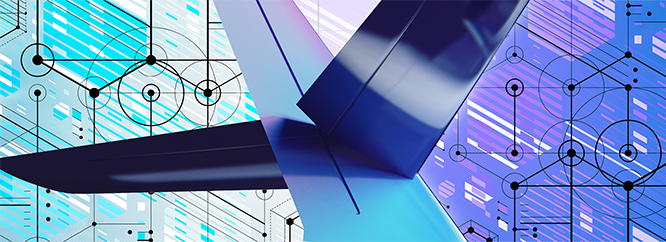
Volume
17
Issue
3
Abstract
"Automation is the allocation of functions to machines that would otherwise be allocated to humans" (Funk et al, 1999). Automation on the flight deck has continued to grow throughout the years, with each new generation of air transport aircraft containing more automation than the last. As flight deck automation progresses at an increasingly rapid rate, the interaction between the pilot and automation will become increasingly more complex. These advances in automation have helped to greatly improve the utility of aircraft, allowing them to do things once thought impossible, such as landing in zero-zero conditions, near full-automated take-offs, and optimizing fuel efficiency. Flight deck automation has brought improvements to the flight deck, but it has also increased the potential for errors in the essential interactions between the automated systems and the human flight crew. The main concern regarding automation on the flight deck is the flight crew losing situational awareness. Other concerns include: loss of manual skill, overconfidence in automation, and difficulty in predicting and monitoring what the automation is doing or will do. There exists a real need to eliminate or mitigate these problems, which pose a significant threat to safety.
Scholarly Commons Citation
Antonovich, B.
(2008).
The Flight Crew and Automation.
Journal of Aviation/Aerospace Education & Research, 17(3).
DOI: https://doi.org/10.58940/2329-258X.1453

